- About us
- Support the Gallery
- Venue hire
- Publications
- Research library
- Organisation chart
- Employment
- Contact us
- Make a booking
- Onsite programs
- Online programs
- School visit information
- Learning resources
- Little Darlings
- Professional learning
Well-known for her sophisticated portraits of assured, commanding women, Violet Teague’s elegant and vivacious painting of charity worker, arts patron and feminist Mary Chomley OBE (1872–1960) was considered a stand-out when shown in a solo exhibition held at the Guild Hall in Melbourne in 1909. Chomley was founder of the Victorian Arts and Crafts Society, where she met Teague, and secretary of the committee who organised the First Australian Exhibition of Women’s Work in Melbourne in 1907, now considered a landmark event in the history of women’s art in Australia. After travelling to England in June 1914, Chomley was prevented from returning home by the outbreak of the First World War. She threw herself into work: teaching English to refugees and volunteering at the Robert Lindsay Memorial Hospital for Officers. In 1916 she joined the Australian Red Cross, coordinating a team of volunteers to distribute thousands of parcels to Australian prisoners of war, who described her as the ‘divine angel of mercy’. Remaining in London after the armistice, Chomley worked with organisations investigating working conditions and opportunities for British immigrant women in Australia. She returned permanently to Melbourne in 1934, resuming her work with the Victoria League for Commonwealth Friendship and the Arts and Crafts Society.
Purchased with the assistance of funds provided by Jillian Broadbent AC 2021
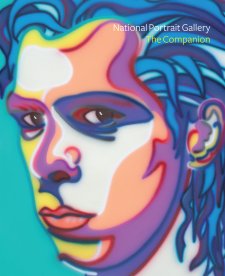
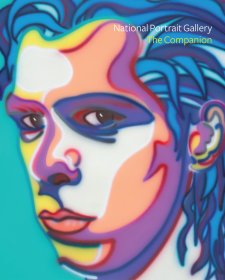

On one level The Companion talks about the most famous and frontline Australians, but on another it tells us about ourselves.
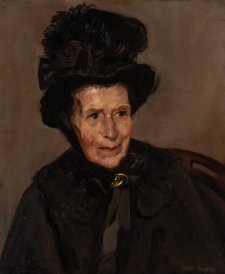
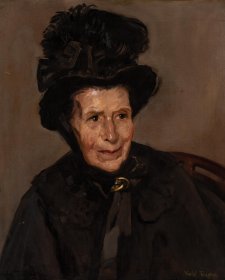
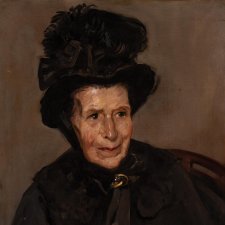
Joanna Gilmour profiles Violet Teague, whose sophisticated works hid her originality and non-conformity in plain sight.
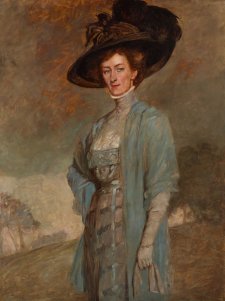
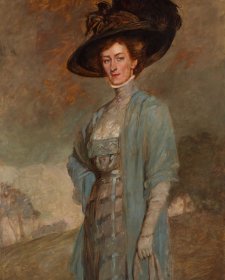
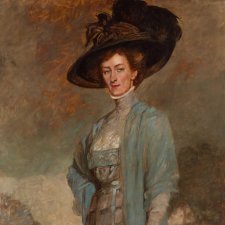
Jennifer Higgie uncovers the intriguing stories behind portraits of women by women in the National Portrait Gallery’s collection.